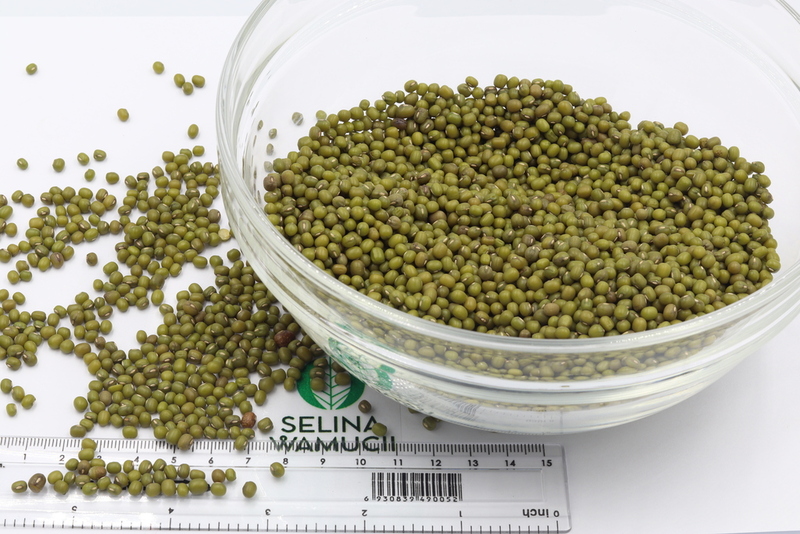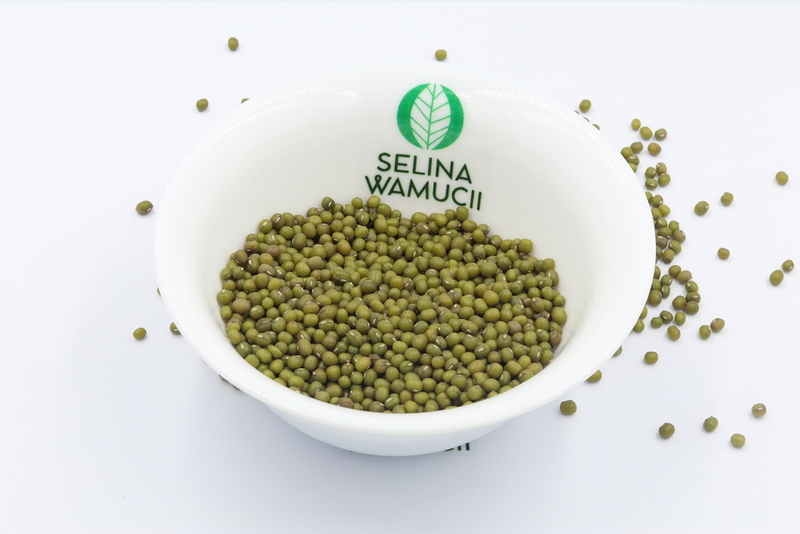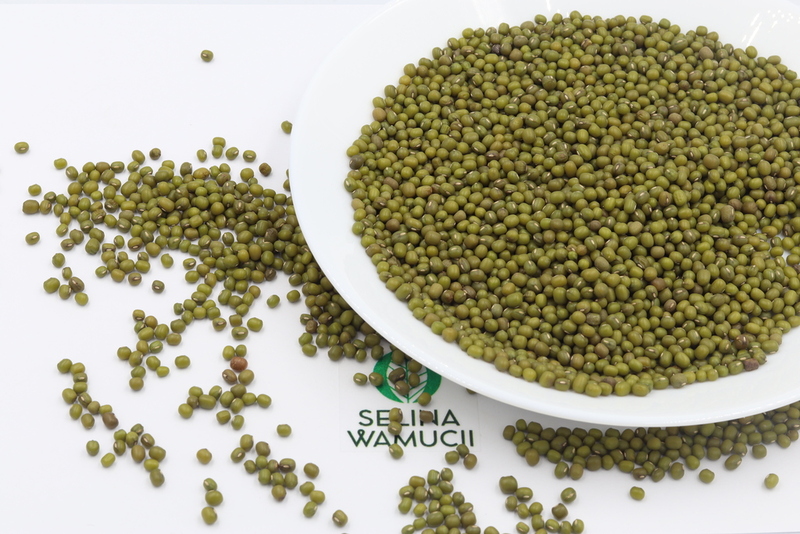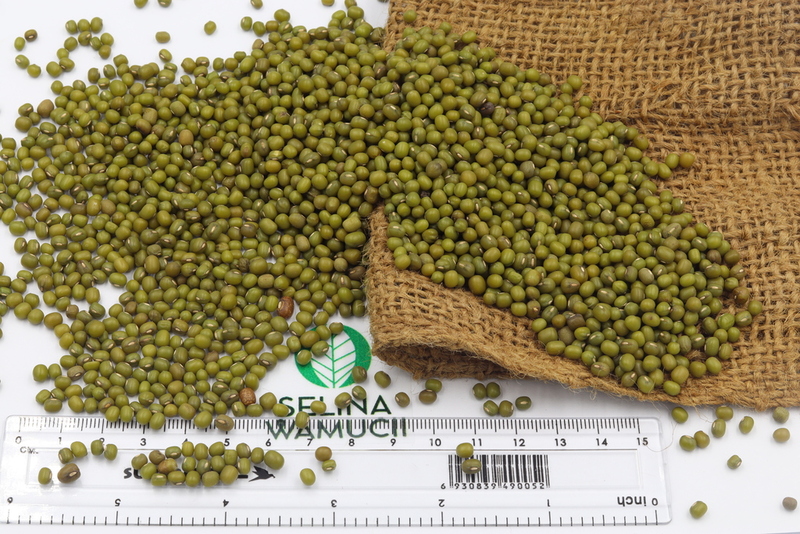Buy South Africa Mung Beans Directly From Exporters & Suppliers - Best of 2024 Market Prices
| Summary | |
|---|---|
| Varieties | Green grams, dithlodi, mungboontjie, maash & moong |
| Sizes | 1mm-2mm |
| Packing | In bags of 500g, 1kgs, 2kg, 5kg, 10kg & 50kg |
| Storage | Stored in cool, dry conditions, 15-22 degrees celsius |
| Season | October to February |
| Transport Conditions | Cool, dry, clean containers, room temperature |
South Africa mung beans are grown in the Limpopo and Mpumalanga. The main varieties grown are Berken and Texsprout. A more significant percentage of the South African Mungbeans locally consumed. The Berken variety is greenish and is more preferred by farmers in South Africa.
Other common names for the plant include green grams, dithlodi, mungboontjie, maash and moong. The product is high in proteins 14g per cooked 250ml. They also contain vitamin A and C. The South African mung beans are used in the processing of flour, soups and place of vegetables depending on the cuisine.
They are legumes with deep roots and trifoliate leaves. Mung beans grow vertically with a lot of branching to a height of 76cm. Its flowers form in clusters of 12 or more on the topmost parts of the plant. The seeds grow in ponds of up to 40 pieces per single plant. The pods are originally black, but as they mature and dry, they shift to brown and grey. The weight of 100 dried seeds is 7g.
Mung beans are drought resistant. The plant takes up 3 -4months to mature. It thrives better under frost-free climatic conditions. In South Africa, mung beans are grown during summer. It also requires a warm environment of temperatures of approximately 30°C. With adequate rainfall, the plant gives a good yield. However, high humidity and high amounts of rain call for diseases.
The plant does well in fertile soils. Well-drained sandy loam soils favour mung beans. They are grown in rotation with cereals to achieve the most desired acidity in the ground.
South Africa mung beans mature within a period of 70 to 90 days. The ponds don’t generally mature at the same time due to different flowering times among other conditions. The harvesting begins when a more significant percentage of the pods are ripe and dry. The collection is done during dry periods.
When too dry, the ponds tend to rapture resulting in losses. Hot day weather also results in wastage. The most appropriate moisture content for harvesting is 16%- this helps in minimizing damage through the splitting of ponds. During collection, farmers make use of desiccant to get rid of the immature pods and green leaves.
The mung beans are harvested by hand using a band saw. On average, 32 people harvest a hectare in a single day. The plants are cut at the stalk and dried out for 7days. The pods containing seeds are combined and cleaned. The unwanted particles and dirt are sorted, and the pure product graded. Grading takes place in accredited laboratories and samples issued out to exporters.
South African mung beans are stored with a moisture content of 12% in fumigated grain bins. No specialized transportation is required. Produce for export is shipped to Asia and other destinations.
You can readily place orders for South Africa mung beans on this platform. It’s simple and easy.
Get Instant Quote
Are you a producer of South Africa Mung Beans or other products?
Sign up today for FREE to buy or sell South Africa Mung Beans.





